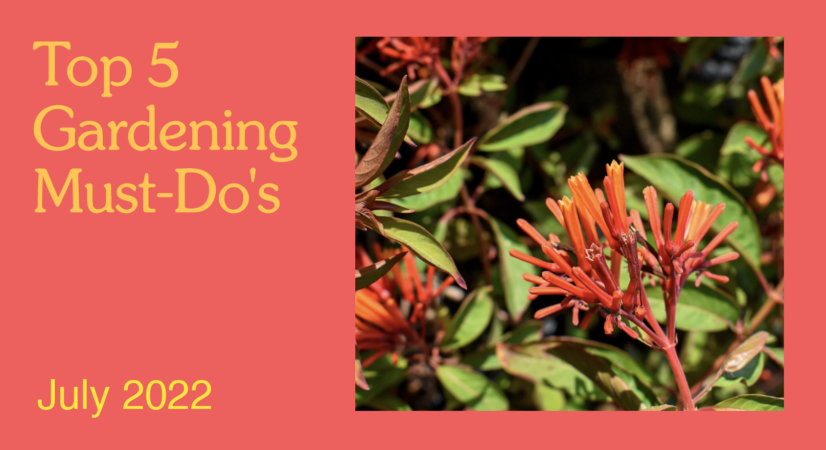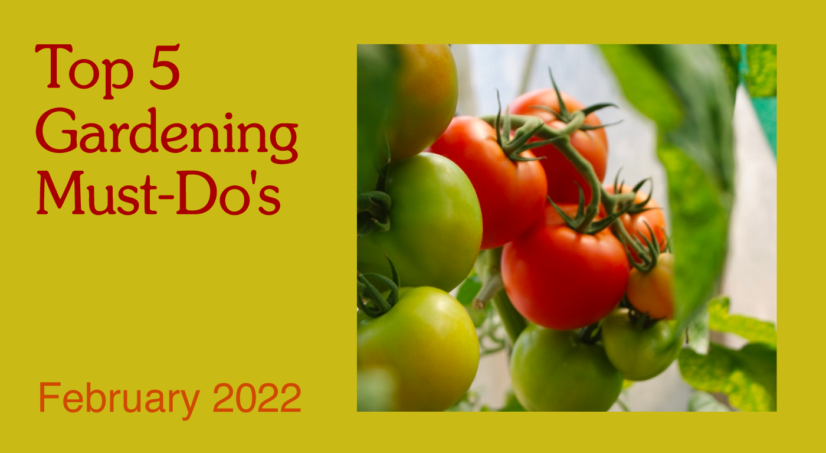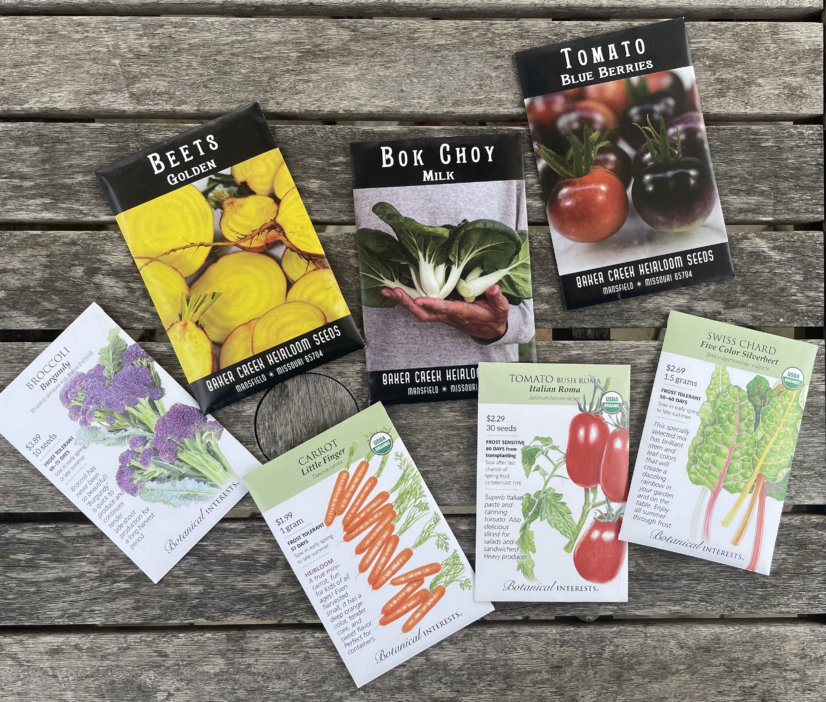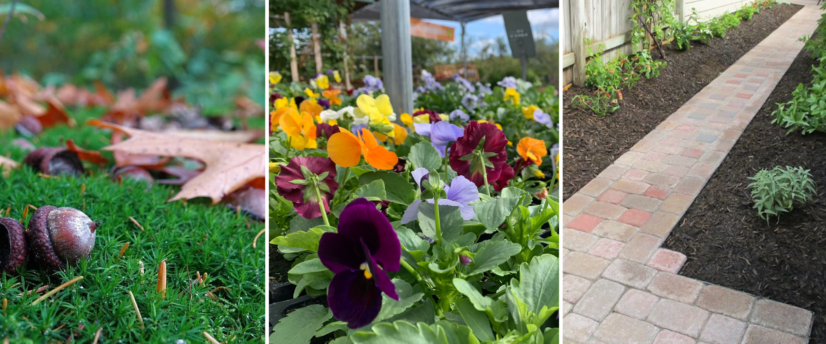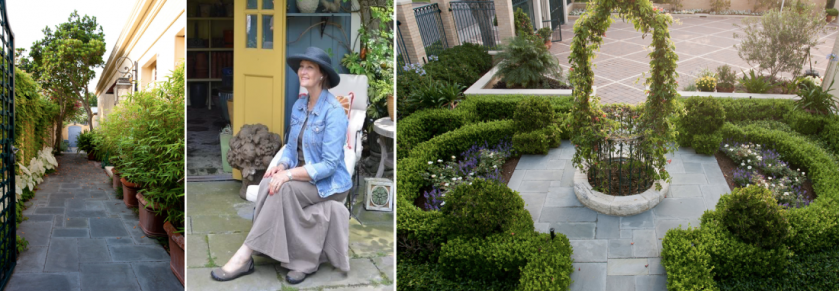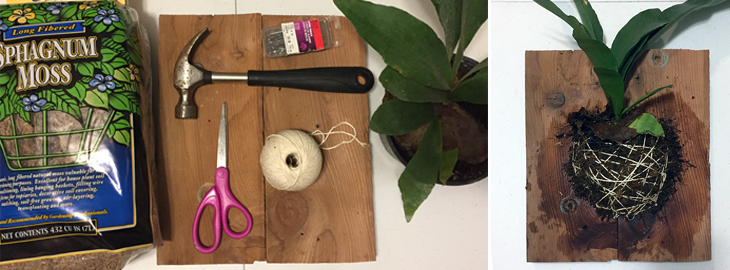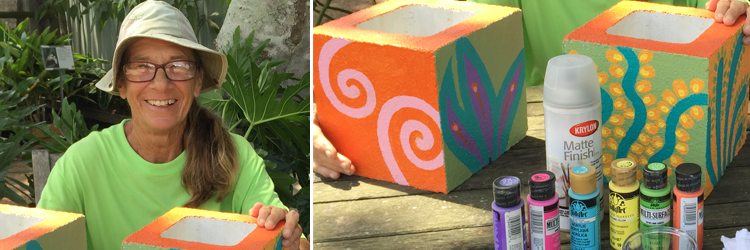Lots of fun to be had this Summer – holidays, BBQs, weekend trips, and landscape projects! Here are our top must-do’s to keep your plants healthy and happy this July. … Read More
Top 5 Must Do’s for February 2022
It may not feel like it today, but we are soooo close to a gorgeous Spring, and there’s lots to do in the garden. Here’s our top 5 to focus … Read More
Start Veggie Seeds Now for a Spring Harvest
Start Veggie Seeds Now for a Spring Harvest Spring in South Texas starts around February 15th – only 31 days away! We may have a couple more cold snaps ahead of … Read More
3 Tips for Holiday Hosting: Big Impact/Little Time
Lots of us are gearing up to host friends and family for Thanksgiving and other gatherings this week. Can’t wait! Here are 3 ways to create the biggest impact outdoors … Read More
Still Scratching Your Head 4 Months Post-Freeze?
Still scratching your head 4 months post-freeze? Still trying to decide which direction to go with your landscape? You can visit Gill’s anytime and get guidance with your DIY landscape … Read More
Get Your Tools Sharpened!
Thanks to your appreciation for good sharp tools, tool sharpening is now an everyday service here! Bring ‘em now for Spring projects. Pruners, loppers, & axes: $10 ea Hedge shears: … Read More
Landscape Designer Kathy Hubner’s National Recognition
We are excited to share that Kathy Hubner, one of our landscape designers here at Gill Landscape Nursery, has become only the second Texan and first from Corpus Christi to … Read More
Gill’s Celebrates 40 Bloomin’ Years!
This Saturday, October 6th, Gill Landscape Nursery invites the community to come celebrate with our staff 40 Bloomin’ Years in business! Enter to win Gill’s gift cards, enjoy a cool … Read More
DIY Mounted Staghorn Fern
This is a project I have been wanting to do for a while now, and it was a lot easier than I was expecting. So naturally, I want to share … Read More
How-To For A Fun Garden Art Project
Be a garden artist and paint your own fun and colorful garden art! Supplies: Cement block, single hole, 7 1/2″ square (McCoy’s) Drylock Masonry Waterproofer – color white (McCoy’s) FolkArt … Read More

